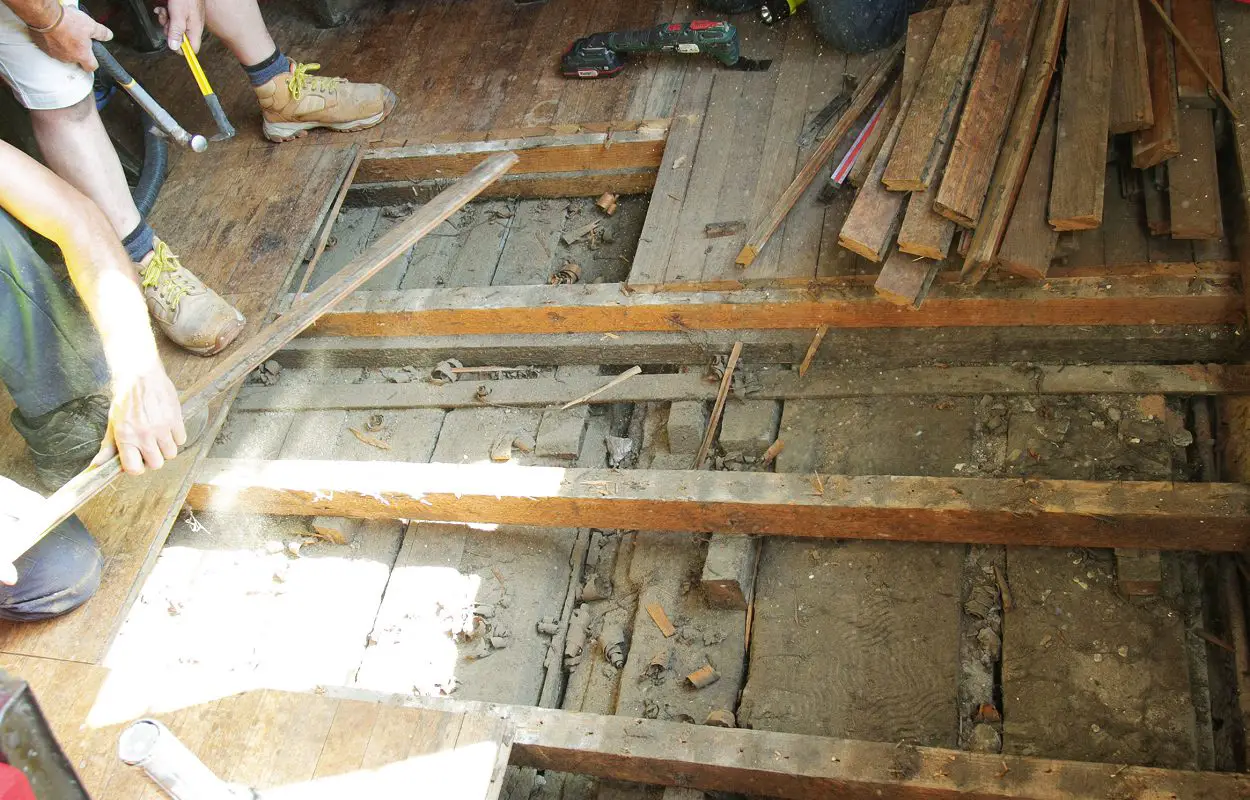The Guildhall of St George is a Grade I listed building constructed between 1410 and 1420 in King’s Lynn, Norfolk.
The hall has been used as a theatre since 1445, making it the oldest theatre still operating in the United Kingdom. The Guild regularly staged theatricals until their dissolution in 1547, when the hall was then used by companies of players, including the Queen’s Players, the dominant acting company formed at the express of Queen Elizabeth I.
In 1593, the outbreak of plague in London led to the closure of London theatres to prevent crowds spreading the disease. William Shakespeare is purported to have performed at the guildhall as part of the Earl of Pembroke’s Men, a troupe of actors under the patronage of Henry Herbert, 2nd Earl of Pembroke.
This is supported by a note in the corporation of King’s Lynn’s account book which shows that Shakespeare was paid by the corporation to perform. A contemporary book published in Shakespeare’s lifetime also describes how an audience member watching Shakespeare at King’s Lynn was so consumed with guilt over the play’s theme (murder), that she confessed to killing her husband.
Recent refurbishment works have uncovered 600-year-old oak floorboards underneath the 1960s and 1950s flooring. The discovery has been described as the “the largest expanse of timber medieval flooring in the country,” consisting of oak boards held together with pegs dated to between 1417 and 1430. A scientific analysis of the structure confirms that it is a complete 15th-century floor used during the time when Shakespeare performed in 1592-3.
Tim FitzHigham, Creative Director at the Borough Council of King’s Lynn & West Norfolk, said:“I first heard the tale that Shakespeare had performed at the Guildhall as a kid, but when I went back as an adult it seemed people had forgotten about it.”
“Thanks to funding from the UK Government’s Towns Fund, under its Levelling Up agenda, a project to refurbish and redevelop St George’s Guildhall and associated buildings has been commenced by the Borough Council of King’s Lynn & West Norfolk, in partnership with Norfolk Museums Service, Norfolk County Council, and in collaboration with the National Trust who own the building,” said FitzHigham.
Cllr Simon Ring, Borough Council of King’s Lynn & West Norfolk Cabinet Member for Tourism, Events and Marketing said: “It confirms the guildhall as a heritage asset of national importance. It provides a further opportunity for us to promote its importance historically and to invite more funding so that we can complete the restoration to a standard that will not only stand the test of time, but also create an attraction that will catapult King’s Lynn and West Norfolk’s heritage into the world of ‘must visit’ British destinations.”
Borough Council of King’s Lynn & West Norfolk
Header Image Credit : Borough Council of King’s Lynn & West Norfolk





